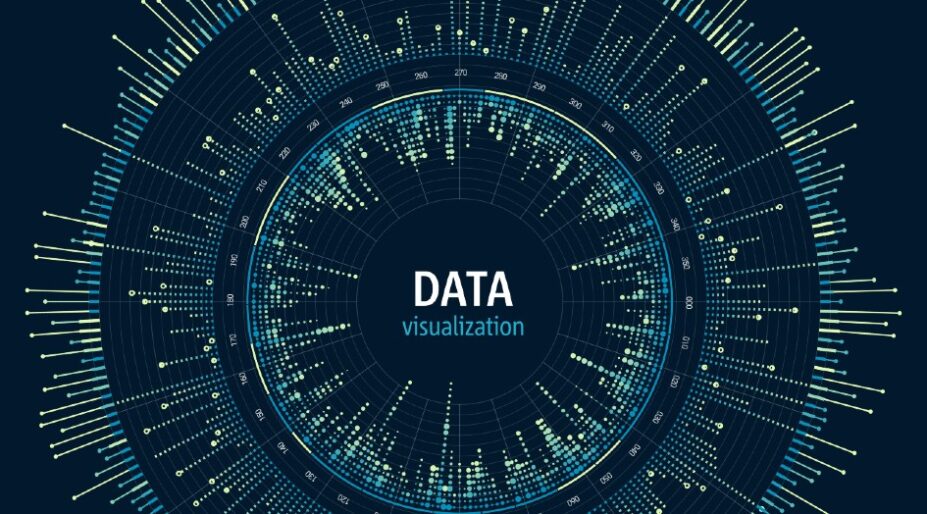Canada’s top commercial real estate players have identified the growing importance of visualizing indoor building activities in real time as the use of space becomes less predictable and tenant needs evolve.
BOMA Canada and Esri Canada’s newly released survey, Navigating the future of the workplace, gathered perspectives from 212 property managers and asset owners earlier this year. More than half represent portfolios with upwards of 50 buildings across over one million square feet.
While the report maintains how interactive maps have primarily focused on the outside of buildings, with a reliance on outdated blueprints and staff to guide visitors and trades from within, forty-two per cent of respondents conveyed the usefulness of gathering insights from the real-time operational awareness of indoor spaces and building conditions. Coordinating construction, maintenance and renovation projects (41 per cent) and responding quickly to emergencies (40 per cent) were other essential priorities.
Interacting with the indoors
Dave Monaghan, industry manager, IoT and Indoor GIS with Esri Canada, said it was easier to predict occupancy and people movements pre-pandemic, but office space is more dynamic now. “For asset managers, property managers and building operators, trying to get a clear understanding of how their building is being used on a daily basis is a real significant challenge,” he said. “They need a standardized platform to gather data from a variety of systems.”
Two-thirds of respondents said they currently find helping people get around properties somewhat challenging or a major challenge. Traffic to these buildings is expected to climb over the next five years, according to 38 per cent, which indicates increasing pressure.
Creating a digital twin— 3D replica of a physical space— was flagged as a key solution for helping maintenance teams and employees navigate buildings.
“The process digitizes all of a building’s floor plans and connects the dots between systems within the building to monitor things like HVAC, lighting and occupancy,” the report states. “A range of sensors, including Bluetooth beacons, RFID tags, room occupancy sensors and smart devices, can bring interactive maps to life by providing real-time data and ever-changing floor plans to a mobile device.”
Lousie Morgan, executive vice-president and partner at Archidata, stated that a geographic information system (GIS)-generated map can be used to visualize the special structure and ultimately make better decisions.
Real-time emergency preparedness
Fifty-three per cent of respondents are already using real-time monitoring to track assets and 51 per cent are using it to analyze people movements over time. Real-time monitoring is important for facilities, where the need for the accurate location of specialized equipment and assets is essential as they move through the structure, Morgan further explained.
Forty-seven per cent are also using a real-time interactive map of the floor plan to create a safer environment. “For emergency responders, it’s no longer enough to just have a PDF of a floor plan,” noted Monaghan. “You need real-time situational awareness and that dynamic map of where things and people are right now.”
GIS also figures into the renovation process as updates to buildings increase. Monaghan said wayfinding tools promise the accumulation of time savings by streamlining the work order management process and dispatching the closest available maintenance crew to a problem
“If that newfound efficiency saves even five minutes per work order, that could translate into savings on hundreds of billable hours each year, given some companies may experience thousands of work orders annually,”
Property management executives familiar with interactive maps for decision-making purposes see the potential of using indoor GIS for additional insight. Shawn Hamilton, vice-president of business development at Canderel and a member of BOMA Canada’s board, is one of these professionals.
“Rather than just guesswork you can make it a data-driven solution,” he said. “Anything that helps us understand that coefficient is extremely valuable because a lot of the times we are using people’s experience without understanding why something worked or didn’t work.”
The full report, Navigating the future of the workplace, can be accessed here.





